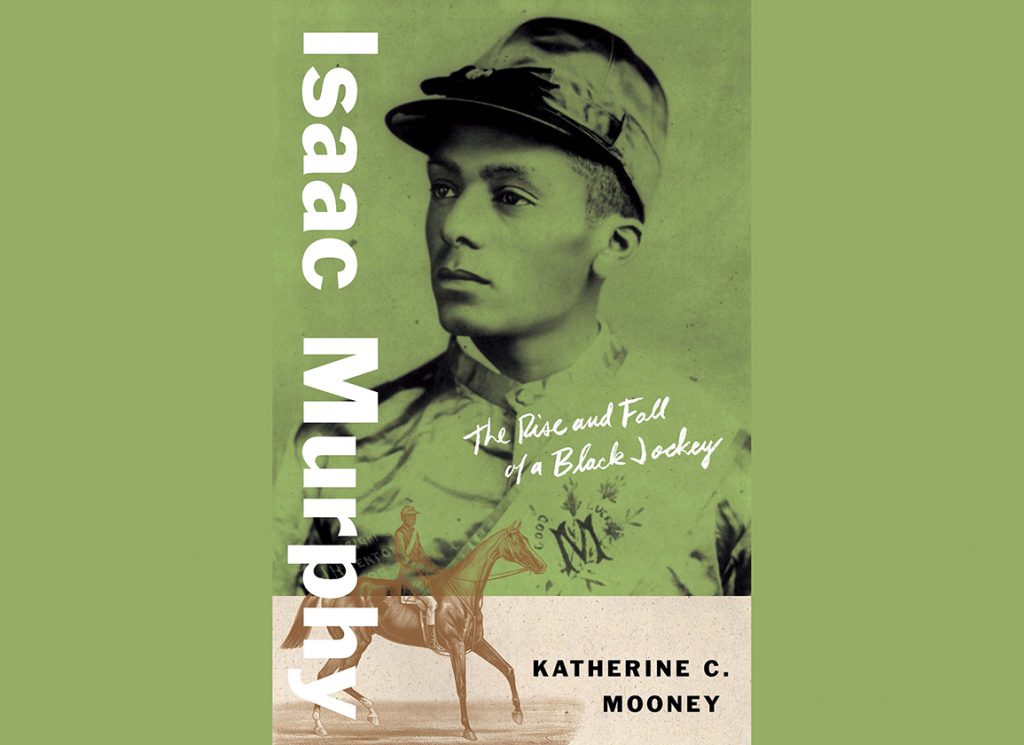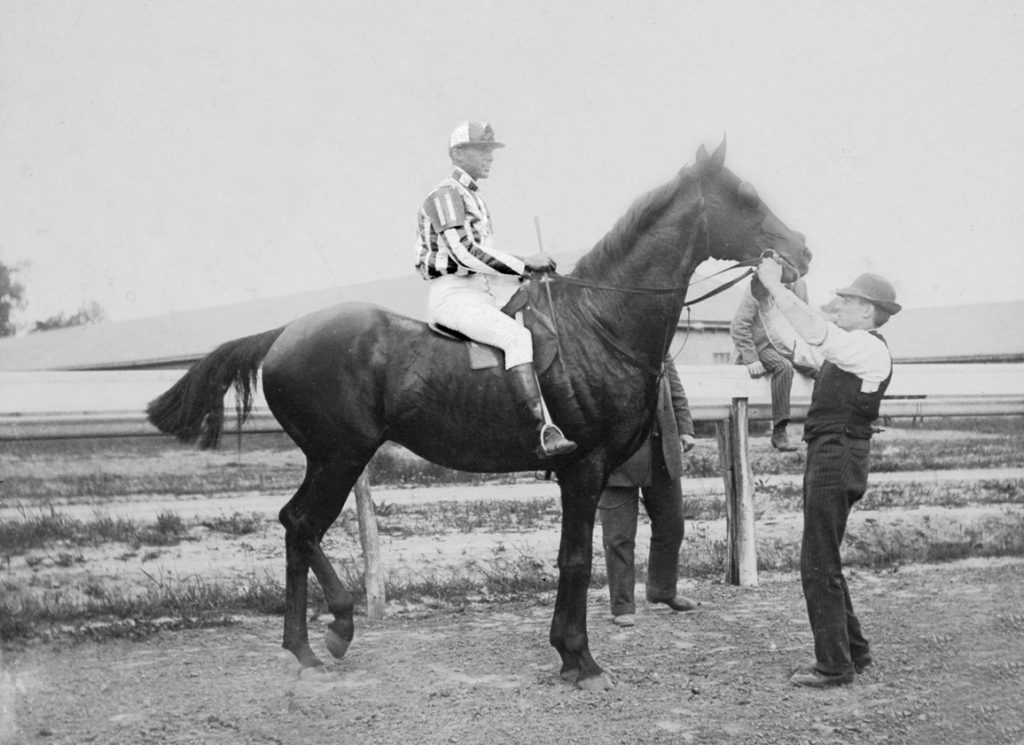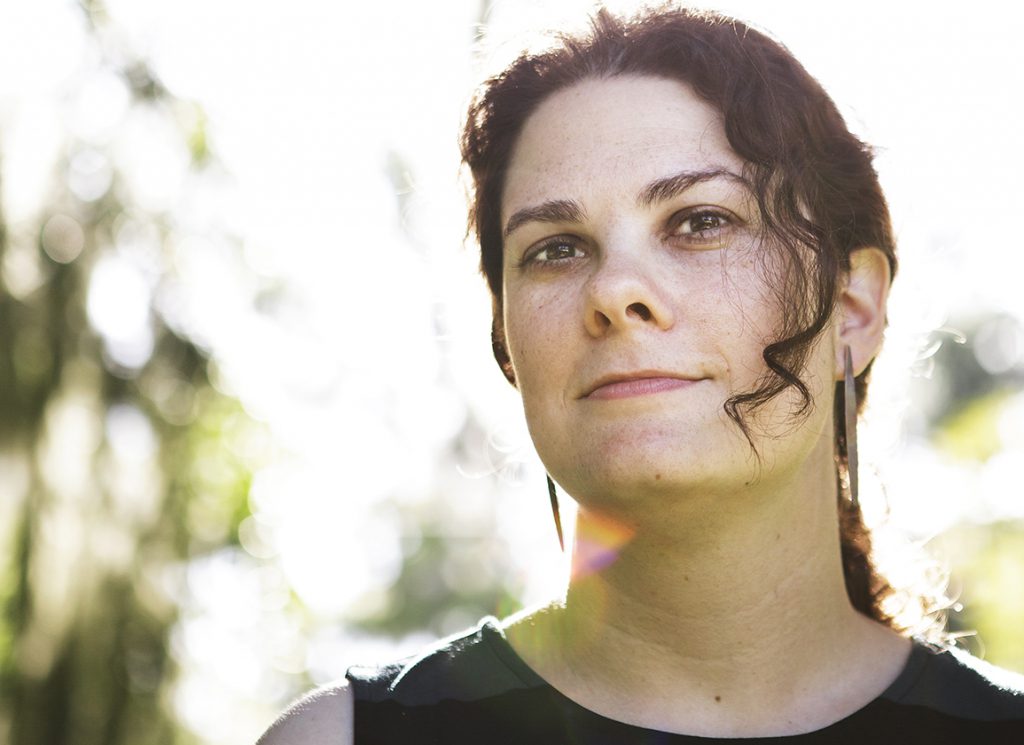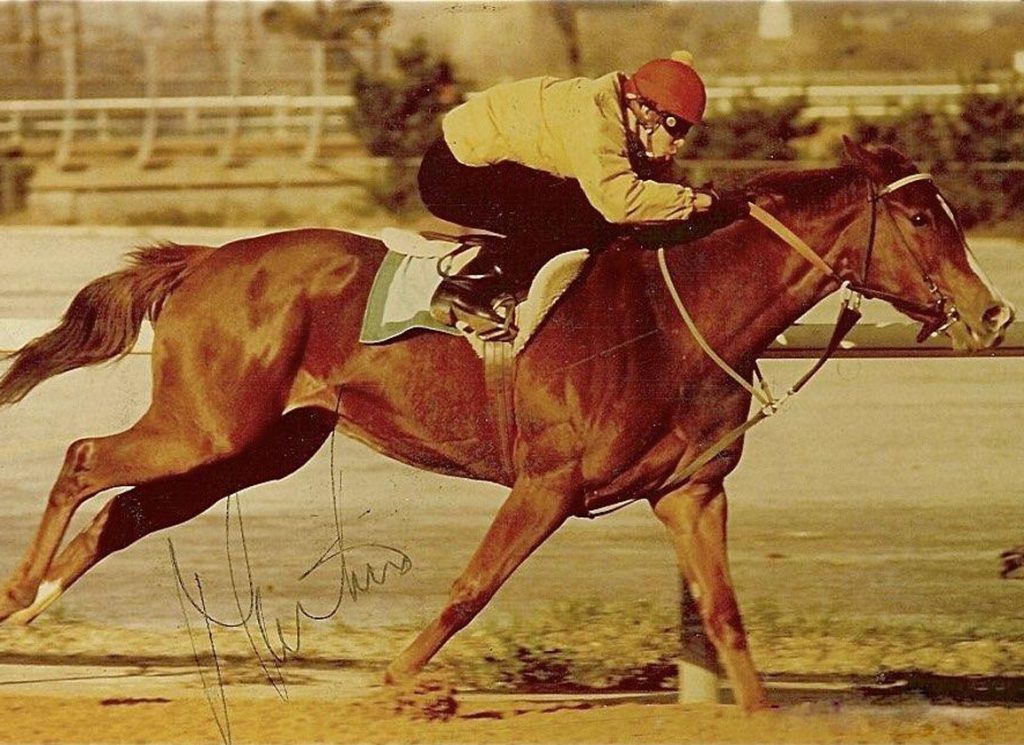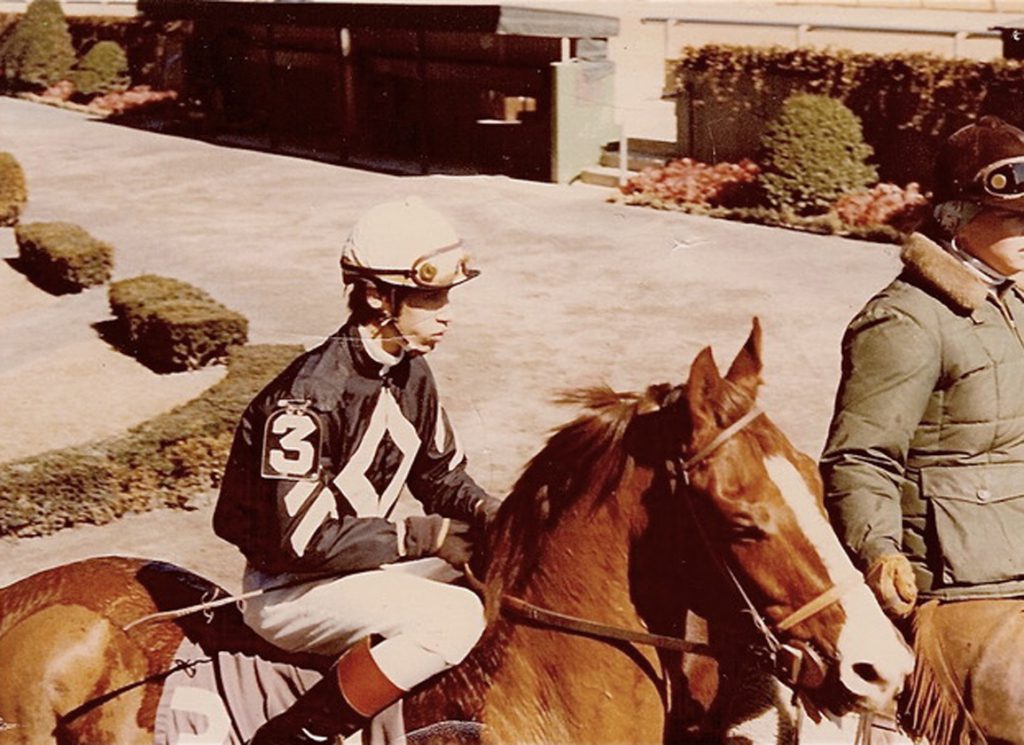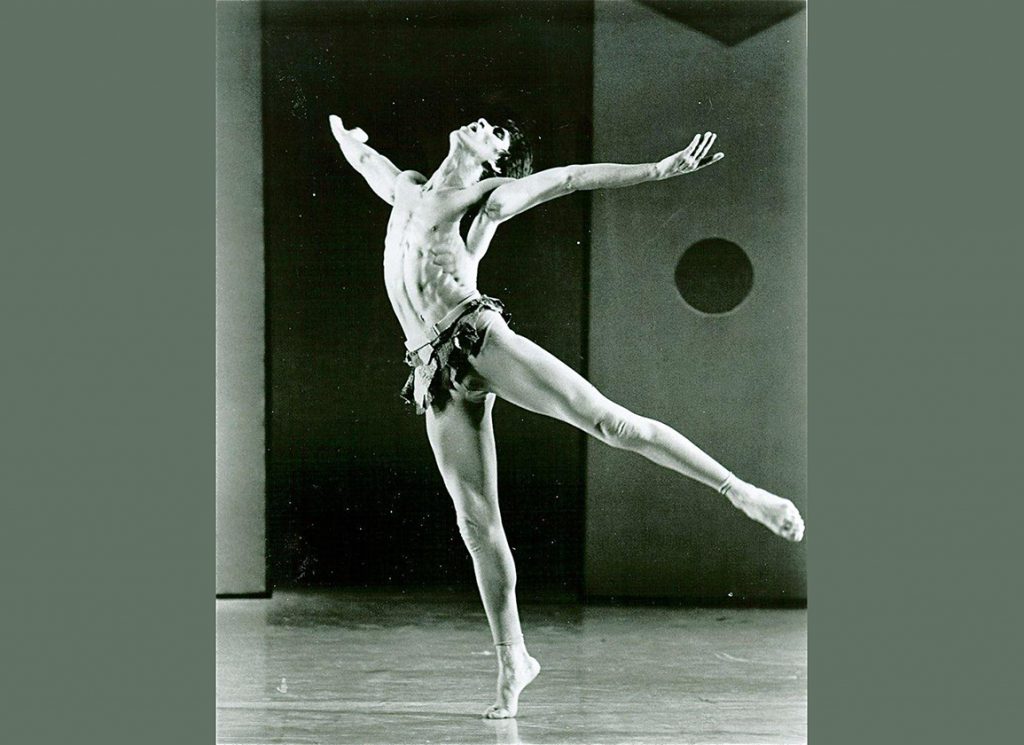Fixed odds wagering at Monmouth Park last year didn't exactly break sharply from the gate. In its first run, it was available only on Monmouth races and, initially, only to on-track customers. A website that took fixed odds bets did get up and going during the meet, but regulations that would allow for bettors living outside of New Jersey to bet on fixed odds never did materialize. Handle figures were never made public, but it appeared that fixed odds accounted for only a small percentage of Monmouth's total handle.
Yet, officials with the Australian firm BetMakers Technology Group Ltd., which facilitates fixed odds bets for Monmouth, expressed optimism about the future of the new form of betting at Tuesday's kickoff luncheon for the 2023 Monmouth meet, which begins Saturday. At the very least, some progress has been made, particularly when it comes to the content available to bettors. In addition to the Monmouth races, fixed odds bets on Delaware Park, Hawthorne, Emerald Downs, Century Downs, Canterbury Park and FanDuel Racing will be available this year and an agreement that would make bets on Parx available could be wrapped up shortly.
In addition, there's now an app that players can use to play fixed odds and the bets will be available at some self-service betting machines. Last year, bets had to be made with a teller and only a handful of windows were open for fixed odds.
Jake Henson, the chief executive officer at Betmakers Technology Group Ltd., sees these developments as an important step in the right direction and hasn't given up on the goal of making fixed odds betting a major part of how U.S. horse players wager.
“Last year was a big learning event for everyone, our staff on track, our technology team and for everybody involved in regulatory and with compliance,” he said. “We got together at the end of the season to look at what we needed to get better at and what we needed to improve upon. We're confident we're making progress.”
But before fixed odds betting can get to the next level, two things have to happen. BetMakers must be able to offer wagers on the top tracks in the sport, like Saratoga, Santa Anita, Keeneland, Churchill and Gulfstream, and it has to be available to a far bigger audience than just New Jersey residents. Henson believes that day will come.
“Last year helped a lot with that process because now you have something tangible that you can show regulators and horsemen,” he said when asked about expanding to other states. “How it works, how the economics work. Ultimately, the whole thing is about getting return back to the industry and now that we have a sample set we are more confident going forward. We're in discussions with a number of states, some discussions more advanced than others.”
And when it comes to adding the top tier tracks to the betting menu?
“The more you can show them so far as tangible evidence goes, how it works, how the economics work, that makes it easier to get them to come to table,” Henson said. “For now, we will support the tracks we're involved with and put our attention and focus on them. We are in discussions with some of the major tracks and are keeping them updated on the economics.”
A more long-range goal is to get racing product onto sports betting websites. The belief is that that will be easier to do if fixed odds wagers are offered to traditional sports bettors, who are mostly unfamiliar with pari-mutuel wagering.
“We did some surveys last season and found that two out of three sports bettors would bet on racing if fixed odds was a product option for them,” Henson said. “And there are a lot of sports bettors in this country that are not betting on racing but could be. It's a big opportunity to capture that segment of the market and we will continue to invest and chip away to make that happen.”
Dennis Drazin, the head of the management team at Monmouth, also said he remains optimistic about fixed odds and believes it will eventually become a significant part of the sport.
“When we first talked with the people from BetMakers, they said that in Australia, where they have fixed odds, they have 30 million people,” Drazin said. “Those 30 million people bet the equivalent of $20 billion U.S. and fixed odds has a lot to do with that. We have 350 million people here and we only bet $12 billion. We think one of the things that can help turn things around and grow revenue for the sport is fixed odds wagering. BetMakers has been a great partner. They came here and got this thing rolling for us. Last year was the infancy of what we're going to do. But what's going to happen from here is we are going to grow the handle throughout the United States as this spreads around the country. I think it can get to $400-$500 million a year in handle. As each state comes on, the results will be proven. I think fixed odds wagering will spread to other states once we get rolling.”
This will be the 78th season of racing at Monmouth Park and the meet will run for 51 days, nine fewer than last year. Closing day is September 10, which will be followed by a 10-day meet at the Meadowlands, which will be all turf racing.
Paco Lopez will be back in search of his tenth riding title. Joe Bravo is the track's all-time leader with 13 titles, but he now rides in California. There are 48 stakes on the schedule, highlighted by the GI Haskell S. The $1 million race will be run on July 22 on a card that will include four other graded stakes. Four stakes top the June 17 card, which has been dubbed Haskell Preview Day.
The post Monmouth Meet Will Offer Expanded Opportunities for Fixed Odds Players appeared first on TDN | Thoroughbred Daily News | Horse Racing News, Results and Video | Thoroughbred Breeding and Auctions.
